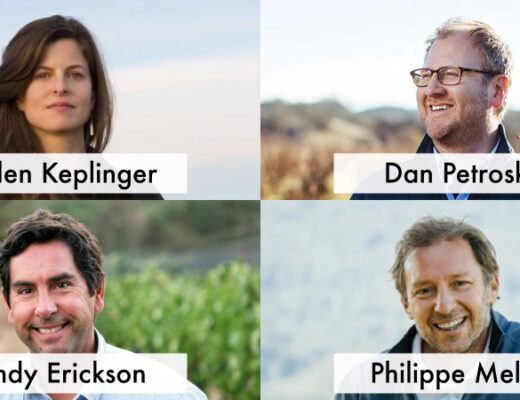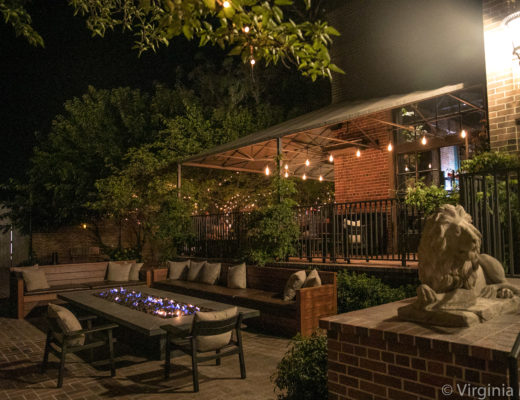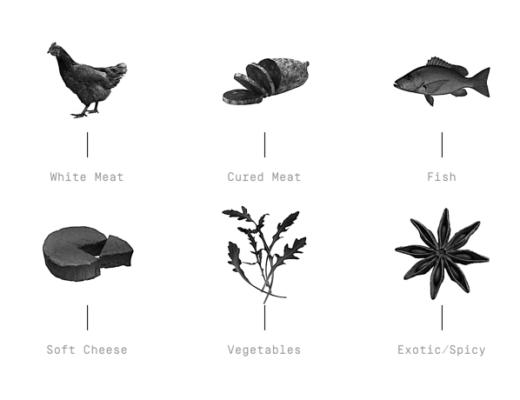by Rachel Signer
It’s amazing how far things have come since the early days of winegrowing in Oregon. It was only the 1960s when people laughed (at the now-legendary) David Lett and other pioneers for planting Pinot Noir in the Willamette Valley. Oregon wines now regularly garner critical praise and high scores and enjoy widespread distribution around the country.
Oregon boasts of various successful international wine fairs, such as the International Pinot Noir Celebration, held each summer in McMinnville; and anyone lucky enough to enjoy Portland’s vibrant dining scene will encounter sincere excitement about the future of Oregon wine.
While classic producers such as J. Christopher; Cristom; Bethel Heights; and Brooks have maintained a loyal following over the decades, in recent years, there’s been an explosion of new, small producers, including several urban wineries in Portland, adding to an already wide range of winemaking approaches.
Who could have predicted Oregon’s incredible success in the wine market 50 years ago? “People say that it was the professors who told my dad it couldn’t be done,” recalled Jason Lett, during a visit to the former turkey processing plant that became the now-legendary Eyrie Vineyards winery in the late 1960s. He continued: “It wasn’t the professors — it was the banks, but fortunately, [my parents] found this building, and repurposed it.”
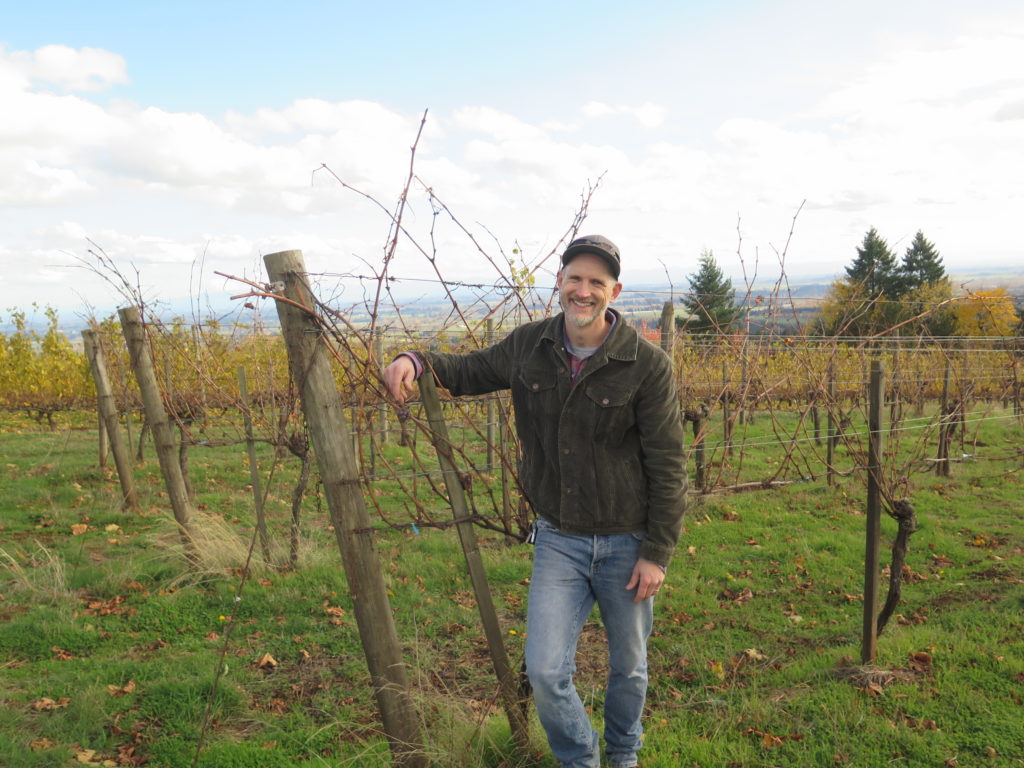
Jason Lett
A short drive away, in the Lett family’s “Sisters” vineyard, we observe the red volcanic “Jory” soil that characterizes Oregon terroir. Oregon’s hills were essentially formed by “a plate of lava that was thrust upward,” Lett explained. Underneath the lava, there is maritime sediment. This rich soil, along with a rainy, cool climate, have made the Willamette Valley into a success story for the notably finicky Pinot Noir, as well as Pinot Gris, Chardonnay, and other varieties in recent years.
Southern Oregon and the Columbia Gorge AVA have their own unique microclimates. It’s this diversity, as well as a strong food and wine culture and sense of hospitality throughout the state, that sets Oregon apart as one of the world’s most exciting wine regions today. Many producers are making Pinot Noir that’s unquestionably age-worthy and world-class, but this variety is far from the only crown jewel coming out of Oregon vineyards these days.
One area to keep an eye on over the next few years is the Willamette Valley’s Van Duzer Corridor, where a special microclimate exists thanks to a strong, cooling airflow that passes through surrounding coast range mountains on either side. Top estates like Johan Vineyards, Walter Scott Wines, and Lumos Wines are leading the way to forming a new AVA in the Corridor. Meanwhile, in Southern Oregon, producers like Abacela have long focused on Iberian varieties like Tempranillo, and grower Herb Quady produces Rhône Valley varieties for winemakers around the state.
Many similarities exist between Oregon and another world-class, cool-climate region: Burgundy. The Drouhin family purchased property in Oregon in 1987 — the first time a French winery invested in a property outside their home country, with their own, prominent name on it. As they celebrate the 30-year-mark of their successful Oregon adventure, Véronique Drouhin herself is the winemaker at the Drouhin estate in the Dundee Hills. As well, Jean-Nicolas Meo from Meo-Camuzet is making wine in Oregon under the Nicolas-Jay label.
Recent Vintages
2017 proved to be a “smooth, relaxed” vintage, according to Ellen Brittan, who has been making wine with her husband Robert Brittan for Brittan Vineyards, in the McMinnville AVA, for 12 years. In 2017, there was a heat spike, followed by mild weather, she recounts; the result was that grapes ripened at different times, which facilitated a calm and orderly harvest.

Ellen Brittan
According to Wine Spectator, both 2016 and 2015 were a warm vintage in Oregon — with 2015 earning 95 points for the vintage recommending to “drink or hold.”
2014 was “warm, moderate, early,” and overall an easy vintage — and with 96 points overall it is one of the regions best in the last decade.
The Experience of Visiting
Driving through Oregon wine country reveals a culture that reflects the overall vibe of this laid-back, outdoorsy state; people are welcoming and friendly, and most wineries are hands-on, family-run operations.
There are various tasting rooms a short drive along Highway 99 out of Portland, including Argyle, famous for their top-quality traditional method sparkling wines, and newer arrival Day Wines, where various upstart and established small producers work in the same winery. The aforementioned Eyrie Vineyards has a tasting room in McMinnville, not far from the historic district, where you can sample current releases and older vintages. McMinnville is home to some of Oregon’s most beloved restaurants, including the award-winning Thistle, Nick’s Italian Café, and the Barberry, all of which excel in authentic hospitality; locally-sourced ingredients and original cooking; and fantastic wine lists with options from Oregon and beyond.
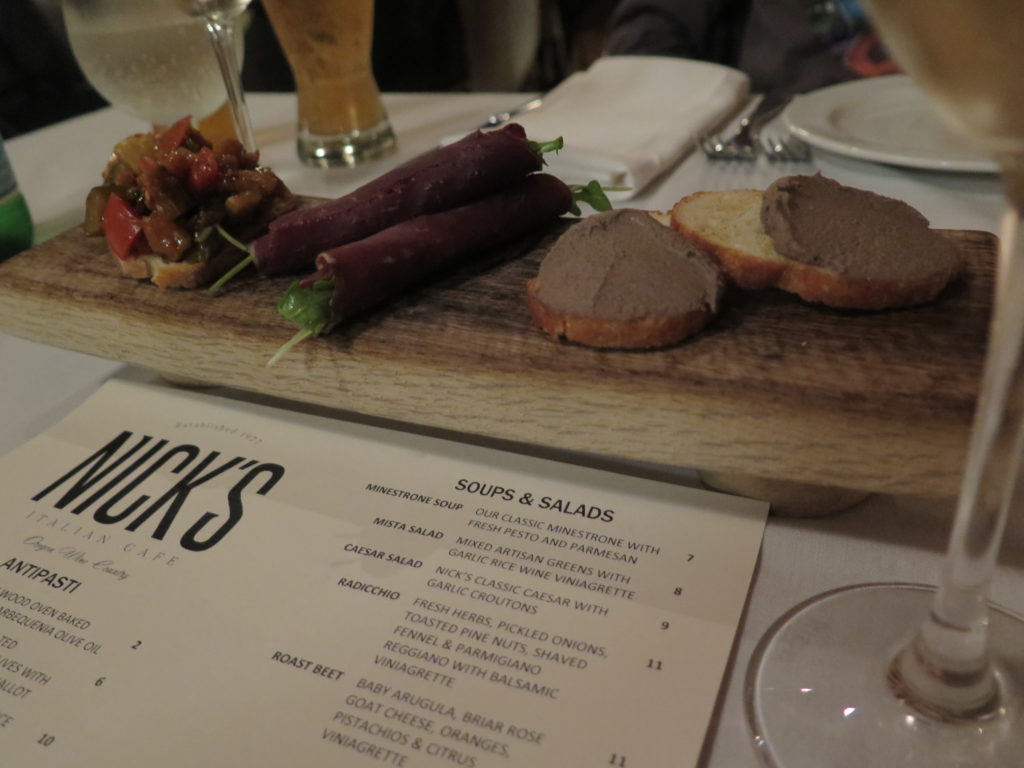
Nick’s Italian Cafe
McMinnville’s 3rd Street Flats are a fun option for lodging, and Atticus, a chic 36-room Oregon-themed boutique hotel with fine dining, set to open April of 2018.
Closer to Portland, there’s an amazing trailer park of updated, furnished, well-designed vintage trailers called The Vintages — it’s an incredible experience staying here, definitely worth checking out.
And Portland itself is chock-full of amazing boutique hotels, such as the Ace, the Hilton’s Duniway, and Klimpton’s Hotel Vintage. All are located downtown.
New Winds
There’s plenty of exciting new energy in Oregon’s wine scene. Lesser known grapes like Riesling are making headlines, as producers including Ovum, Trisaetum, Maysara, Teutonic, and Brooks, have begun vinifying the grape with success. Gamay, as well, which has actually been in the Valley since the 1980s, is rising in popularity.
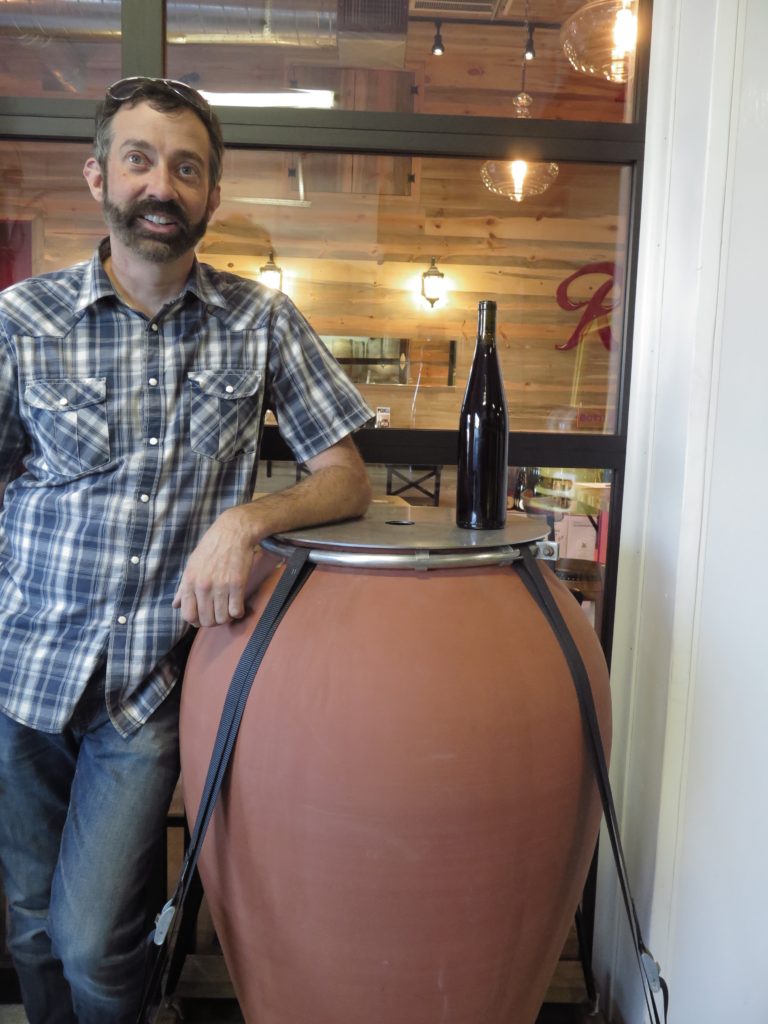
Barnaby Tuttle | Teutonic Wines
In recent years, Oregon has seen a simultaneous influx of corporate wineries and small production: “Probably, the production average in Oregon has gone up dramatically over the last few years, with Kendall Jackson moving in and everybody else expanding. But then you also have the explosion of microproducers, people making 400 cases a year,” said winemaker Brianne Day, during a recent visit to her new tasting room in Dundee. Day would know, as her winery houses many of these smaller producers.
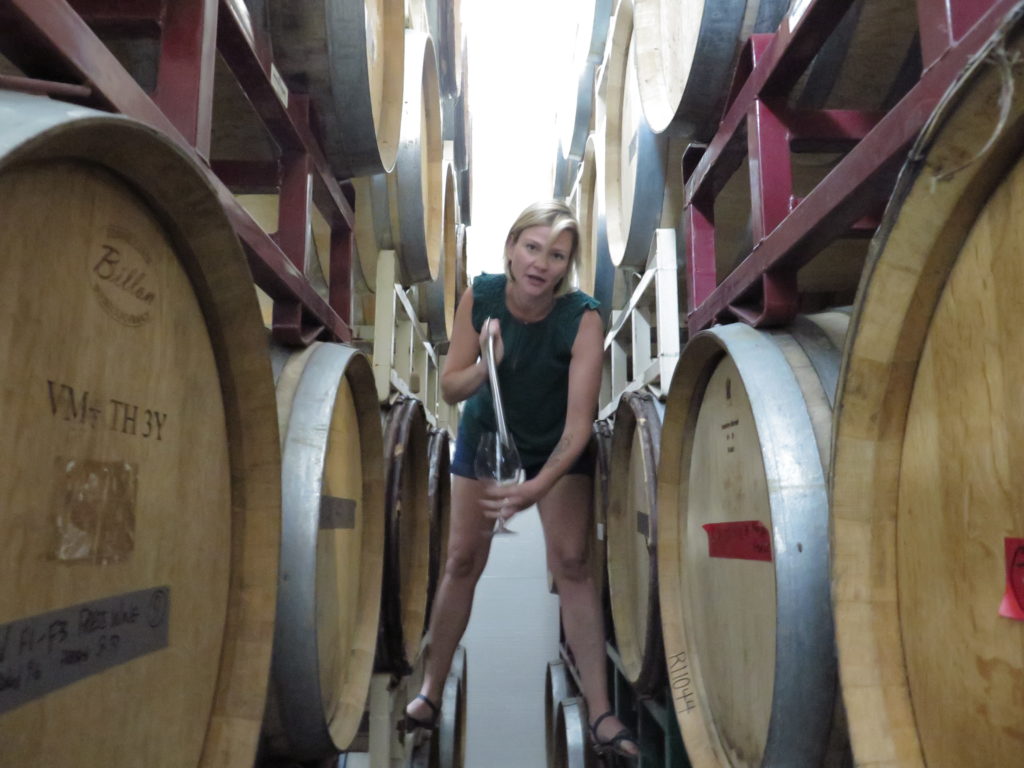
Brianne Day
Urban wineries in Portland are popular amongst visitors to Oregon, but that doesn’t mean they are just tourist attractions: many of them have tasting rooms with great food that are actually regular hang-out spots for locals, such as Division Wine Co; and Teutonic — and these two, along with Bow & Arrow and Saint Reginald Parish, are making age-worthy, highly regarded wines that enjoy national distribution and are showcased at top restaurants — right in the heart of Portland. There’s also quite some buzz surrounding newer wineries in the Columbia Gorge, including Analemma, known for their zero-dosage traditional method sparkling wines; and Hiyu Farms, from Master Sommelier and Frasca alumnus Nate Ready.

Division Wine Company | Pinot Noir
With something for everyone, and an irreplicable mixture of authentic passion, inspiring terroir, and an adventurous outlook, Oregon’s wine scene is an absolute must for any lover of American wine.



